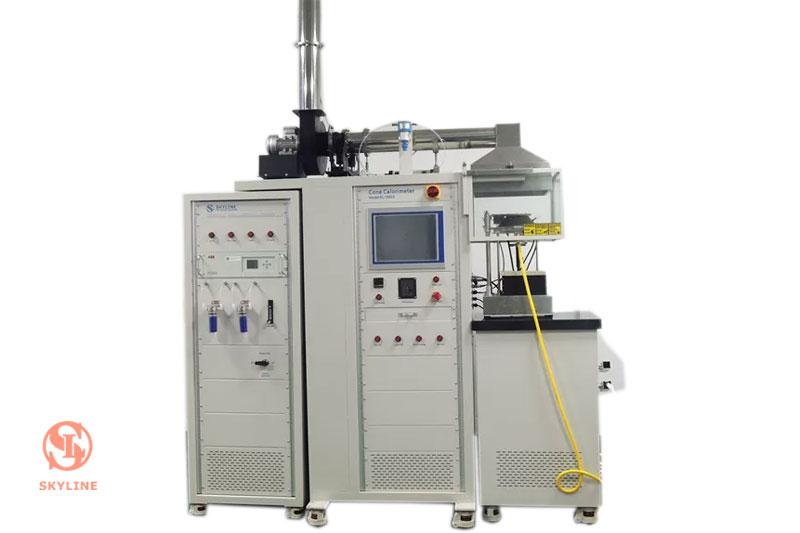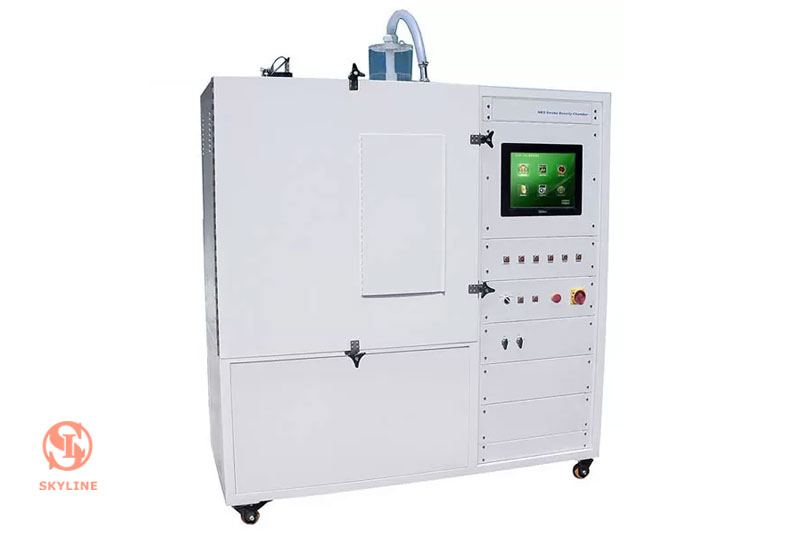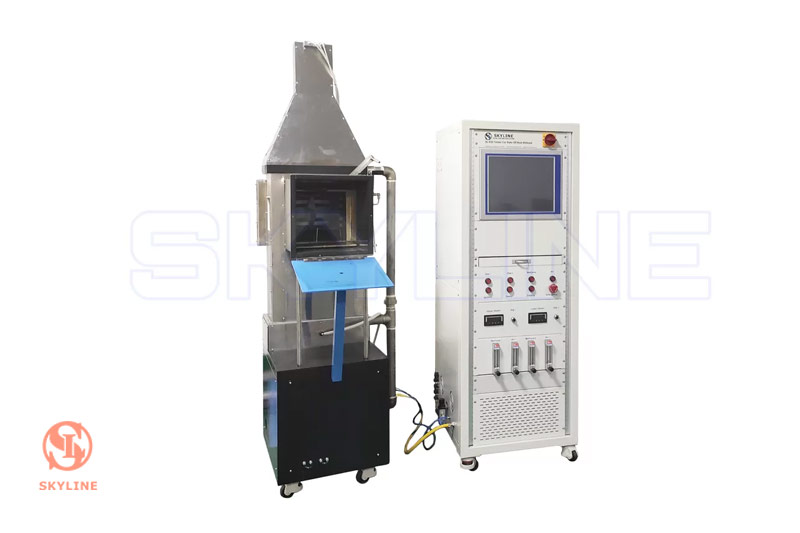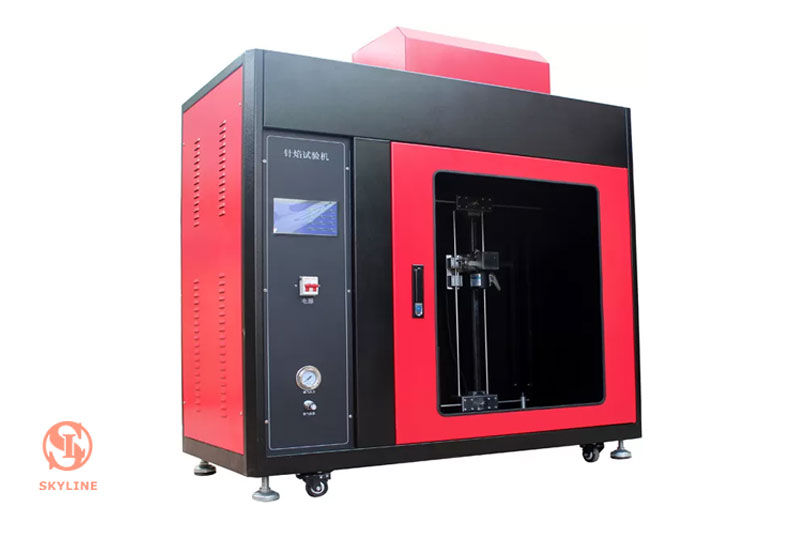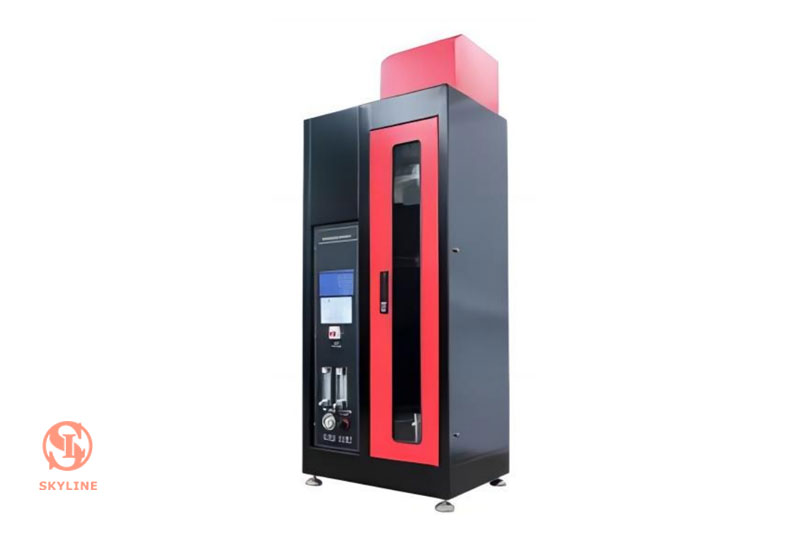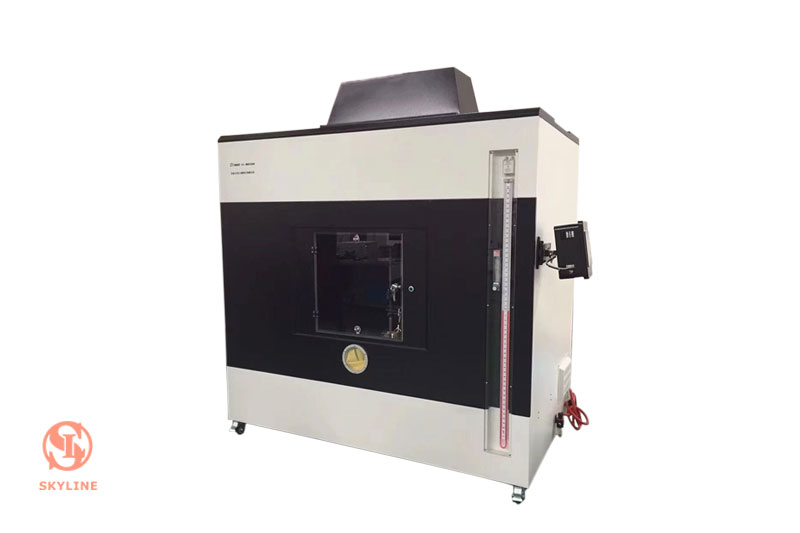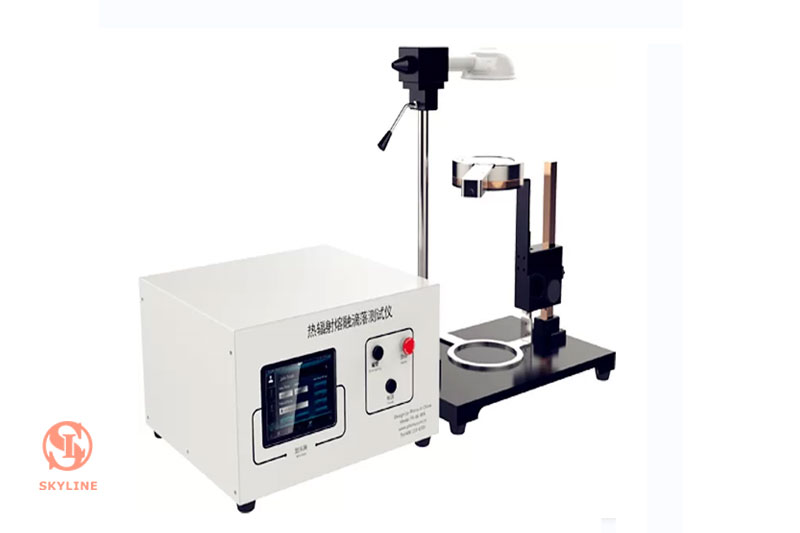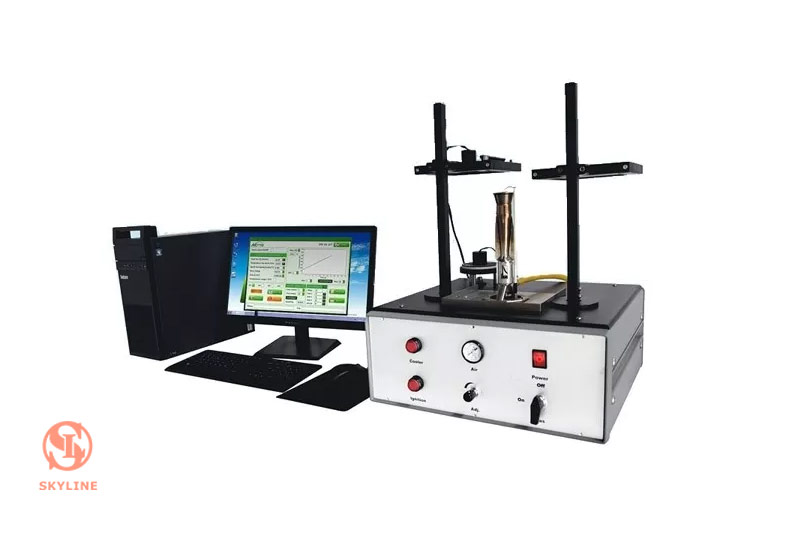How to test the protective clothing as per standard EN348
Categorisation of Protective clothing
Protective clothing includes fire protective clothing, industrial protective clothing, medical protective clothing, military protective clothing and special people use protective clothing. Protective clothing is mainly used in firefighting, military, shipping, petroleum, chemical industry, painting, cleaning and disinfection, laboratory and other industries and departments.
According to the protective function of health protective clothing, such as anti-radiation clothing, cold-proof clothing, heat-insulating clothing and anti-bacterial clothing; safety protective clothing, such as flame-retardant clothing, flame-retardant protective clothing, arc protective clothing, anti-static clothing, bullet-proof clothing, anti-stabbing clothing, astronautical clothing, diving suits, acid-proof clothing and anti-insect clothing; to keep the wearer hygienic work clothing, such as oil-proof clothing, dust-proof clothing, and water-repellent clothing, and so on.
Test Method
Protective clothing; test method; determination of behaviour of materials on impact of small splashes of molten metal; german version EN 348:1992
This trail measures the numbe of the molten metal drops needed to increase the temperature of the calorimeter behind the sample,40 K.
The trail will be pefformed on 10 samples measure 120mm x20mm.
The composition of the test rods is very important as it affects the ability to reproduce the results.The composition must abide by standard ISO 636, and linear density must be (0.5+0.2)g/cm,one end of a steel rod is smeited on the flame of an oxyacetylene blowtorch with a diameter of 1.2mm. The rod will be pushed forward with a speed motor and a pulley system.piror to performing the test, the speed of the motor must be adjusted so that steel rod can be fed into it as a speed of 10g/min.
once all parameters have been adjusted the test consisting of projecting molten metal drops on the same area of sample will be performed.
Apparatus
Small Splashes of Molten Metal Tester
Application:
Molten Metal Splashes Impact Test Apparatus is developed according to EN
348 and ISO 9150 test standards, and meets the requirements of GB8965.2-2009
Welding Protective Clothing and GB/T 17599-1998 Test Standard for Impact
Resistance of Molten Metals. The measuring principle is that the welding wire
rod is melted by a welding torch. When the temperature of the back calorimeter
of the fabric rises by 40 C caused by the droplets, the number of droplets of
molten metal is measured.
Molten Metal Splashes Impact Test Apparatus for measuring impact
resistance of high temperature metal droplets in protective clothing and high
temperature resistance of textiles.
Projections of molten metal drops at a point on a vertical oriented test
specimen and measurement of the number of the drops required to cause a 40 K
temperature rise in a sensor behind the specimen.
Standard:
According to AQ 6103,ISO 9150:1988,CSN EN 348:1992,GB8965.2-2009
and GB/T 17599-1998
Features:
1. The impact performance tester of molten metal droplets includes
burner, sample frame, welding rod driving device, burner flow controller,
man-machine interface display device, etc.
2. Oxyacetylene torch is used to melt metal strip, and the diameter of
welding nozzle is (1.2 +0.1) mm.
3. Stepping motor is used to drive the metal strip and set the running
speed of the metal strip.
4. Droplet-melting guiding mechanism with high-temperature anti-sticking
guide groove with an angle of 45 degrees;
5. Fabric temperature sensor device for measuring back temperature rise
of sample.
6. The counterweight copper hammer device is used to set the fabric
pre-tension 175g (+0.5g).
7. Temperature rise data can be automatically recorded, and the number of
melt droplets can be recorded by the tester.
8. Drop guide to collect the drops and to guide them towards the
vertically oriented test specimen.
9. Senor for measuring the temperature linked to a recording device.
10. Holding frame and counterweights for the test specimen.
11. Motor speed can be adjust so that the steel rod is fed at the rate of
(10 f 1) g/mm.
12.Needle valves adjust the O2 and acetylene flow rate.
13. LCD Screen display and control the motor speed.
Technical parameters:
|
Size |
700*850*500mm |
|
Weight |
42KG |
|
Electrical requirements |
220V, 50HZ, 5A |
|
Environmental Requirements |
Temperature(20+2)degree C, Humidity (65+5)% |
|
Gas requirements |
oxygen, acetylene |
|
standard |
AQ 6103、ISO 9150:1988、CSN EN 348:1992 |
|
Weight |
42KG |
|
Oxyacetylene torch melts one end of the wire (rod) and the diameter of the welding nozzle |
(1.2 + 0.1) mm |
|
The wire feeding rate of the motor |
(10 +1) g/min |
|
The wire (rod) movement |
Regulated by the motor of the wheel system |
|
The distance d between the welding nozzle and the metal (rod) |
can be adjusted, usually 12 mm. |
|
Droplet mass |
(0.50 +0.05) g |
|
The frequency of droplet formation |
20 drops /(min + 3s) |
|
The starting distance from wire to torch nozzle |
12 mm |
|
The length of torch dark blue flame core |
8mm |
|
Funnel-shaped guide groove |
the angle between the guide axis and the vertical plane can be adjusted.The diameter can pass through a metal bar with a diameter of (8 +0.2) mm, and the guide groove mouth can be covered when not in use |
|
Bracket |
supporting and fixing funnel-shaped guide groove, three-dimensional adjustable |
|
Sensor bearings |
melt-resistant insulating material, heat conductivity (0.125+0.015) W/(m.K), specific heat capacity (1.15J/(g.K) and surface groove size (13.5*11) mm at 40 C |
|
Temperature sensor |
armoured platinum resistance material, coated with high temperature anti-sticking agent, resistance 100_, plate shape, size (12.5 *10) mm, thermal response time < 0.5s at 0 C |
|
Recording and displaying instrument |
it can display the temperature rise behind the sample and the corresponding droplet number, time and frequency equivalents; the test temperature in the guide groove is > 250 C; the temperature rise on the back of the sample is > 40K, and the alarm will be given when the temperature rise reaches 40K |
|
Accuracy |
resolution < 0.5K, temperature display and alarm function test error < 0.4K; |
|
Structure and installation |
The temperature sensor can be connected by two holes near the center of the groove, and the sensor support is fixed on the sample frame by four side bolts. The heat-resistant adhesive for the sensor is embedded in the groove of the sensor support, and the protruding part is (0.5 +0.2) mm. |
|
Sample clamping support |
can ensure that the sample is close to the sensor support block |
|
pre-tension to the specimen |
(175 +5) g |
|
The position of the specimen |
can be adjusted in both vertical and horizontal directions |

